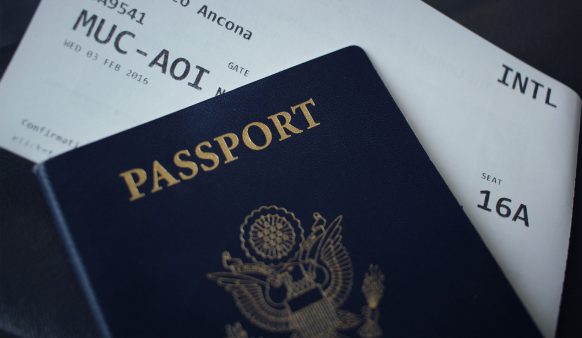
As most avid travellers know by now, COVID-19 represented a unique and odd challenge to the travel industry when first presented. It was an unknown crisis which, in the space of two weeks, essentially shut down all national and international travel. Airlines and hospitality providers alike experienced an influx of cancellation requests and to avoid an industry collapse had to provide some sort of a future solution to secure the longevity of travel.
That’s where the idea of providing initial and unused travel credits came into play. Travel credits have had a long history with airlines (especially budget airlines) already. But being used on such a massive scale was somewhat unprecedented. The task on the other side of managing those credits will be even more unprecedented. So, we’ve put together a guide for strategies on how both you and we will manage those future bookings and credits.
Know the lay of the land
COVID-19 sent most businesses management structures and finance into a bit of a frenzy, not the least any travel that business might’ve booked for future travel.
Before making management decisions on those future bookings and how to use the credits those bookings may be applicable for, it’s important to know both the original fare and booking rules and the COVID-19 fare and booking rules. This can include rules that apply to date and name changes as well as cancellation policies.
It’s also important to know whether pre-emptively cancelling a fare will trigger a travel credit or a refund. In some cases, airlines are offering refunds for cancelled flights and the result is the travel might be better left as in until a cancellation occurs.
If you are only applicable for a credit it’s important to understand the expiration rules of that credit. Most airlines are offering special rules regarding the use of credits to help business achieve flexibility around bookings. In normal circumstances, however, those credits would have an average expiration of 12 months.
Ensure the decision-makers are well informed
You should consolidate the information regarding ticket credits so that they’re available in a database to decision-makers.
The inclusive information should be things like the airline which credits are held with, the amount and the expiration of those credits. The expiration of those credits especially is integral to managing how to distribute credits for future bookings and it certainly helps maximise the effectiveness of your future travel budget.
Contact your travel management company to discuss strategies
As we come out the other side of the COVID-19 crisis the Australian Federal and State Governments are beginning to discuss how travel would look in the wake of the pandemic. With a road map to the return to travel in place, most travel providers are now allowing future bookings with some conditions on how those bookings are conducted.
It’s important once you have an idea of how you want to use those credits that you contact your travel management company to ensure that those credits are being used effectively. Even for more longer-term bookings and presuming the bookings don’t have a condition of no cancellations, there is a degree of safety behind making a booking (knowing that the worst that can happen is an airline re-issues a credit in the event of a cancellation).
Monitor airline and travel conditions pro-actively
With the conditions around travel changing so rapidly during COVID-19, it’s important to stay informed with what may and may not be allowed. Sources of information, like the Executive Journey newsletter or calling Executive Travel Management, allow you to stay in touch with when you might be able to start using those travel credits and the level of certainty behind booking those credits.
